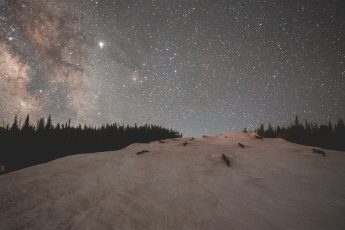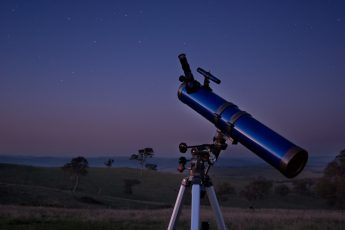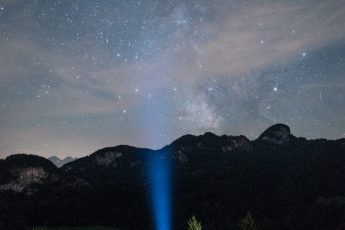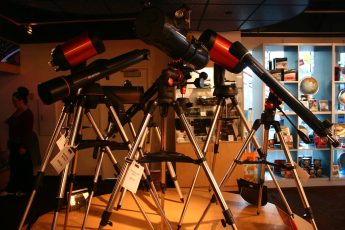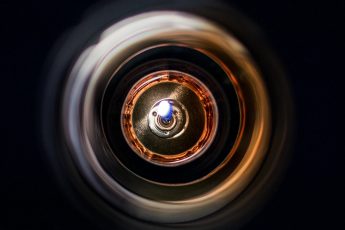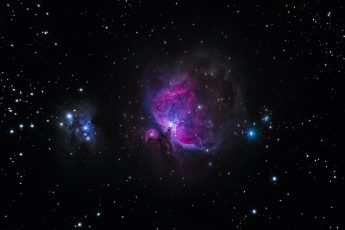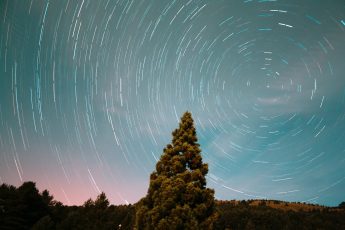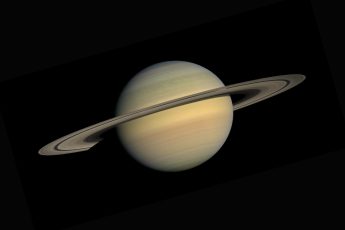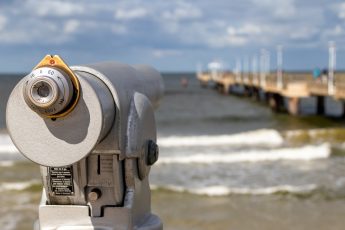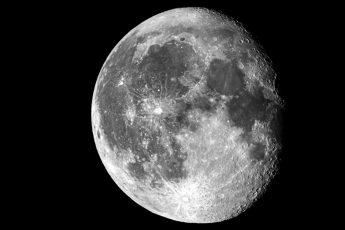How to Choose the Best telescopes for viewing planets
Guide with detailed information and reviews

It is possible to observe and study the planets without a telescope, but it becomes a much more difficult task. Generally, a good pair of binoculars will be required to make out any details on the surface of the planets. If you are thinking about purchasing a telescope to observe and study the planets, there are several different factors that you should make up your mind about before you go any further and actually begin shopping for your first instrument.
If you are planning to buy a telescope for your personal use, you might have already started thinking about the best telescope for viewing planets. There are various types of telescopes available on the market today, which makes it hard to say what the best telescope for planets is. However, based on my observations, I would recommend refractor telescopes because they are very clear and sharp-sighted.
Solar System Animation
Top 3 telescopes for viewing planets
These telescopes are the Best to Buy:
Celestron NexStar 4SE – This is the most affordable telescope of its kind;
Orion SkyView Pro 8 IntelliScope Telescope – Compact and easy to use. Comes with an 8″ Schmidt-Cassegrain telescope for excellent views;
Celestron NexStar 130 SLT Computerized Telescope – Fully computerized, no setup required, and easy to use. Great all around.
What is the Right Telescope for Viewing Venus, Jupiter, Saturn, and Mars?
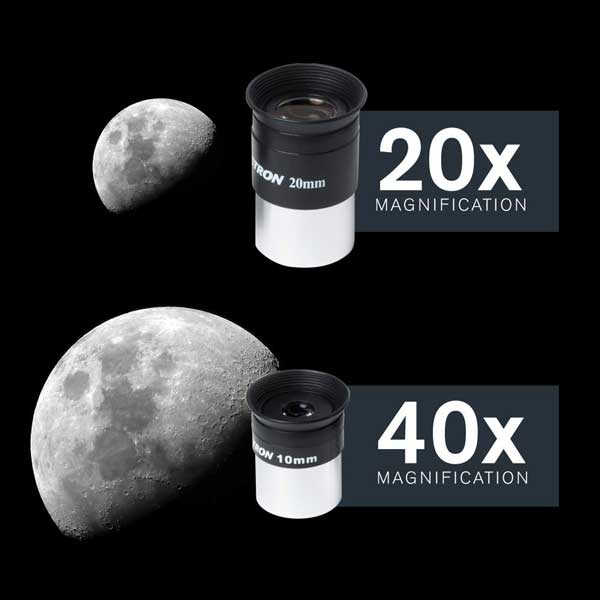
Before you purchase any telescope, make sure that it has all the basic facilities. Of course, you do not want your product to be one of those cheap stuffs that get rejected by NASA during its launch because it does not meet even the most basic requirement. So, you need to check the SkyProdigy 130 model. There are some basic aspects of this telescope that you need to check before you start purchasing. These are:
The Good Point Of Telescopes:
It is often seen that many people prefer a non-moving tripod for stargazing. However, you have to keep in mind that using a non-movable tripod for watching planets with poor resolution is not at all advisable, as it would result in your purchase of a product that does not suit your purpose.
For optimum usage of the SkyProdigy 130 model, you can attach the tripod on a sturdy stand that is not very light in weight; otherwise, it would not be durable enough to hold the SkyProdigy.
Reflector:
It is used mostly for terrestrial planet imaging. It is a lens that is used for taking long-distance photos. The SkyProdigy Reflector 130 model has a removable housing and multiple lenses for imaging objects from very distant locations.
The major advantage of these reflecting telescopes is that they can be used to image faint planetary or heavenly bodies and terrestrial objects at night when there is little light available from our Earth.
Aperture length:
This refers to the diameter of the reflector. If you wish to see galaxies through this device, then the aperture length has to be large. The aperture length directly affects the brightness of an object. For example, if you see a faint galaxy at night, but the aperture length is relatively large, then the galaxy will not be resolved very easily.
Similarly, if you try to see galaxies through a small reflector with a small aperture, then the object will be in a faint and almost obscure condition.
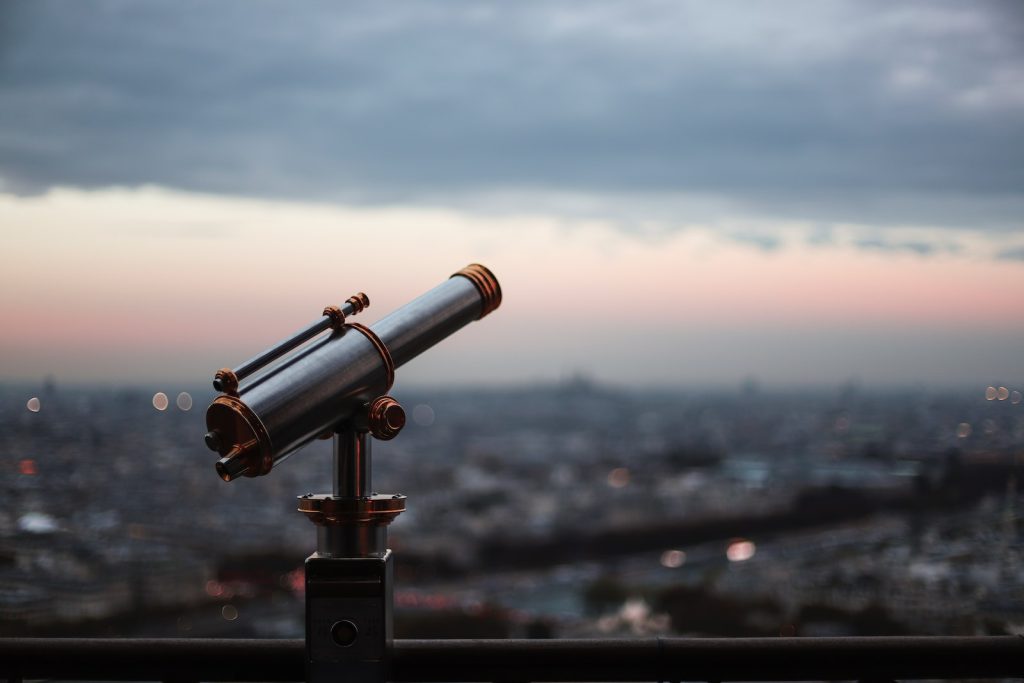
Aperture:
This refers to the size of the refractor telescope’s disk. A smaller aperture reduces the amount of light emitted from the nucleus, thus improving image quality.
Hence, the sky is not as dark as it appears to be when the moon is present, thereby enabling you to see more detail in the sky. In short, when we talk of the best telescope for astrophotography, we take into consideration not only the size of the aperture but also the size of the nucleus because a large nucleus with a very large diameter produces a large amount of light at night.
Advice
- Always consider the magnification power
- Look for all adjustable features
- Do not forget to check the bulb type
- Check if it comes with a mount
- What is the image clarity like?
- What are other users’ reviews like?
Use your telescope to see the moon, aurora, and planets.
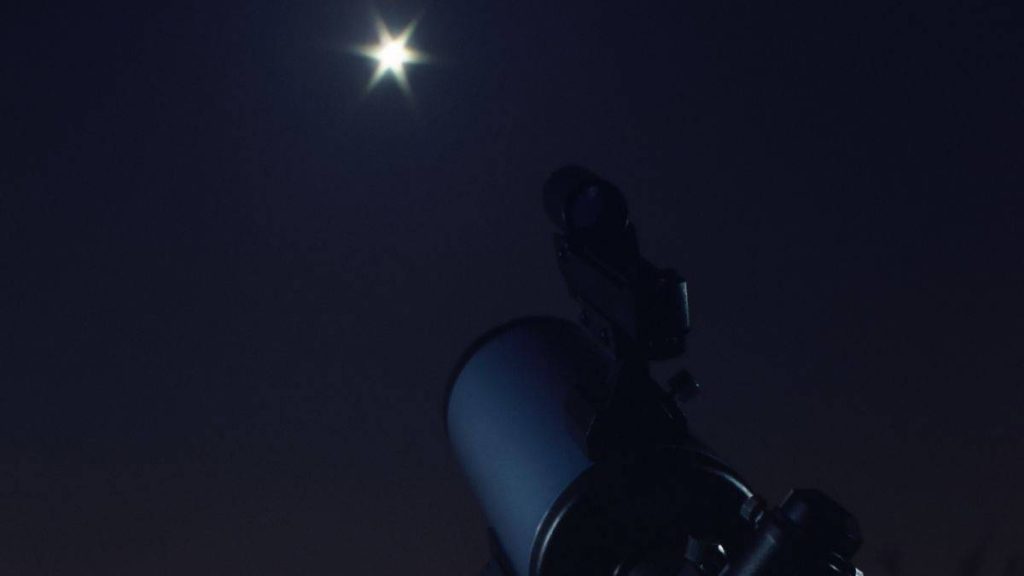
To choose the best telescope for planet viewing is an art form in and of itself. The first thing to decide is what telescope you want, and that depends upon what you will use your telescope for. Is it for research or strictly amateur imaging?
Do you plan to be up close and personal, or would you rather have a medium-sized view (not as big as a telescope, but still visible) that can be enjoyed from afar? Telescope for planet viewing is a fun and educational activity for children and adults, and the answers to all of these questions are largely dependent upon how you plan to use your telescope.
The first thing to consider is the type of telescope. There are two main types of telescopes, both of which are useful for planetary photography. There’s the equatorial mount and the more common amateur telescope, which can be purchased as a refractor or reflecting telescope. The equatorial mount has a large hand-held mirror attached.
The optical tube extends out through the side of the equatorial mount, while the reflector telescope has an optical tube extending through its front and back surfaces. Because the reflector has a shorter “eye” (the tube itself), it usually offers a wider field of view than the equatorial mount does.
When you’re looking at the moon, stars, and planets above the horizon, it’s pretty much a given that you’re going to have some pretty clear skies. But when you start trying to see individual grains of moon rock, the difference between the quality of your images can be staggering. Amateur telescope owners are used to this, and they don’t really consider the effect of reflector optics. Reflector optics, while not nearly as common as it once was, is extremely useful for astronomers.
When you look through the eyepieces of a reflecting telescope, you can easily see the moon and other celestial objects, but the only way to really appreciate them is by using an instrument like a binocular or a finder. The finder is easier to use than any other telescope.
You simply place the finder in the moon’s proximity, point the finger at the object, and use the knobs and rings on the finder to focus the image. Very little of the image is lost, and if you get a good finder, you can even see quite a few objects with a single finder.
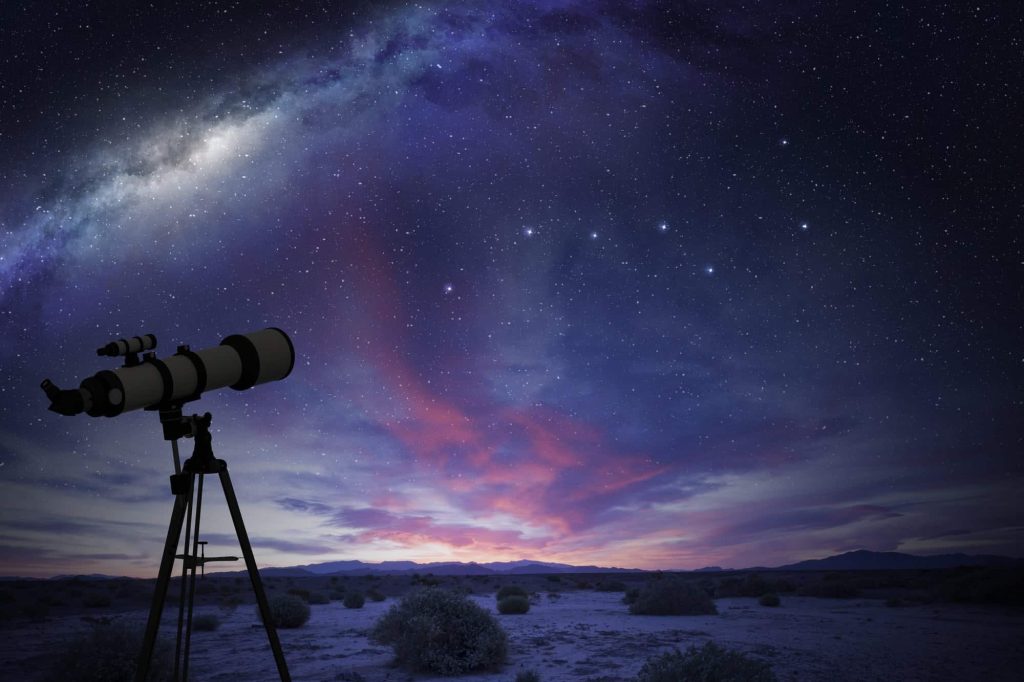
Another type of telescope is a fainter telescope, which is specifically designed to focus on small objects within the telescope’s field of view. In a dark sky, these types of telescopes are especially useful because they don’t need to gather all of the light that would otherwise be reflected off of larger objects in the sky.
Objects with a smaller focal length (which is inversely proportional to their diameter) will appear brighter because of the telescope’s smaller lens. Objects that are further away will still appear bright because of the telescope’s great focal length ratio. A fainter telescope also has a narrower field of view because of its smaller focal length.
Finally, there is a tube telescope, which is generally used for the moon and other terrestrial telescopes. The tube allows the user to mount it up high, usually above the tree line, so that it won’t require the use of a suction cup. The tube has a smaller exit pupil and, therefore, can focus on objects that are smaller than the diameter of the tube itself.
On the downside, these instruments are much heavier than other telescope designs, and they usually don’t produce as bright a scope picture as the other types do. So, if you want a very large scope, then a tube telescope may not be the best choice for you.

